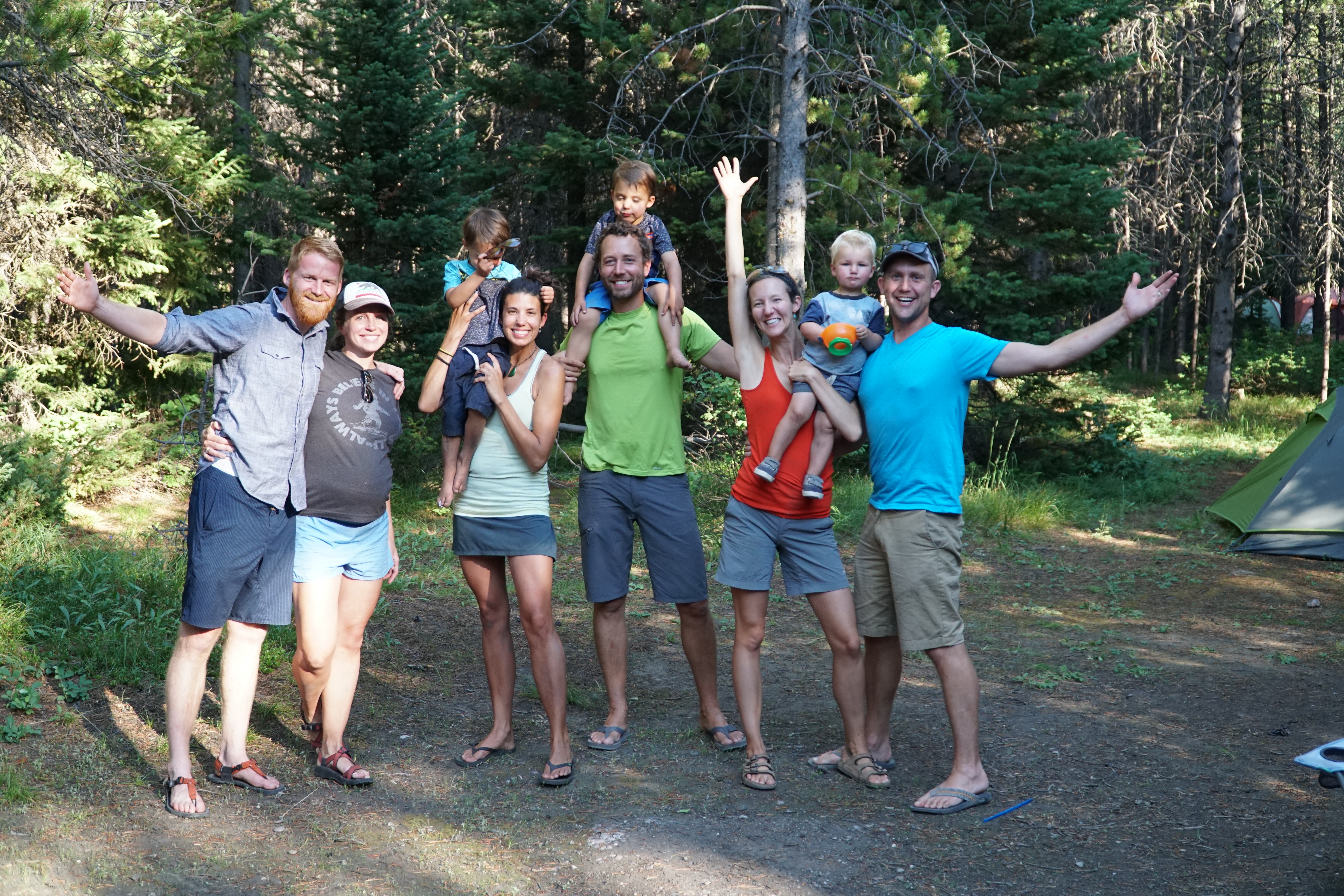Making the decision to work as a travel PT (OT, SLP, RN, etc.) was one of the most liberating experiences of our lives. There are ups and downs for sure, but mostly it has been a smooth exhilarating ride. Below we have listed out the 8 Steps for starting your travel PT career.

Step 1: Make the big decision!
As we have discussed in a previous post this is definitely the most difficult step in your journey. However, it comes with a few action steps in its self:
- Mentally set a date of departure from your previous job – I recommend not telling them of your plans to leave until about 3 months out. This amount of time gives your employer plenty of time to hire your replacement and also lets you be professional and appropriately inform your patients.
- Tell friends and family – it helps to hold you accountable should you get cold feet
- Begin downsizing your life – nothing is worse than too much crap, and lets be honest, you have too much crap!
Step 2: Select 1st state to get licensed in
Depending on the state you are trying to go to the time to licensure can vary widely. Oregon is amazing and had us through in 2 weeks (once we collected the proper paperwork), California was the longest at a few months, however it would have been shorter if one of us would have studied for the jurisprudence exam (…Steve).
There are some things to consider here such as job availability, proximity to family/friends, what sort of lifestyle you want to craft for yourself. This is your chance to explore not just locations but ways of living.
Want to be a mountain man or a beach girl? Now’s your chance!
Every state has different requirements for licensure (of course) so be sure you check with each state board, but here are a few of the hurdles you will need to jump through on the way to your next PT license!
- Apply with the state physical therapy board for your respective state
- Send your National Board Exam scores to the desired state – www.fsbpt.org/
- Have a letter validating “good standing” from EACH state you have been licensed in sent to the new state PT board.
Step 3: Find a recruiter
This step may seem easy given the volume of mass emails we all receive but in reality it is quite difficult. The key is to find someone you can work with and a company you can work for. These two criteria are often not one in the same. Only one time did we take a contract with an amazing recruiter who worked for a company that did not have our best interest in mind and subsequently have not worked with them again. Most of the time if we do not like the recruiter the conversation does not get very far to begin with. Here are a few things to consider.
- Are they reliable? Most of the time on assignment you forget the recruiter is even there, but when you need them you really need them. Find someone who responds to emails quickly and returns calls within 24hrs. Some will even give out their cell numbers.
- Are they annoying? There is nothing worse than an obnoxious recruiter! El and I were pursued by one recruiter who would bombard our phones with sets of 3-5 text messages in succession followed by an immediate phone call and email! Im sure she was nice and likely did a good job, but within the first two days I was about to throw my phone out the window.
- Are they pushy? A pushy recruiter is one you know you will never be able to negotiate with and will likely just be hunting his commission. Pushy is an instant NO for us as contract negotiation is one of the key benefits of travel contracts.
- The more the merrier – Working with multiple recruiters is clutch for finding the right jobs in the right locations. Most companies have about 80% of the same jobs. It is in the remaining 20% where the gems are found. When we went to Alaska we had three companies combing the state for jobs with no luck, all of a sudden we get in contact with someone new and he had 3 jobs to choose from all in the Anchorage, AK area.
- If you are interested in who our preferred recruiters are click here to contact us for an introduction to our Preferred Recruiters List!
At the time of writing this we have worked with the same recruiter for three consecutive placements. Not only has he been awesome but he is a pretty cool guy as well! He has our back if there is a problem, helps cultivate the type of lifestyle we are trying to build, and even understands that with each job we do consult other recruiting companies.
Step 4: Select jobs for submission
Job selection happens at about the four week mark. Do your best to write down what clinics you are being submitted for and by which recruiting agency. If two agencies submit you for the same job your name automatically gets tossed. Things move quickly so be ready for a phone interview within the first 48hrs.
Step 5: Pick your job
In PT world, clinics hire travelers for one of three reasons:
- The location is less than desirable.
- The company is less than desirable.
- The company is amazing and growing too big for its britches.
Obviously #3 is what you are hoping for. However, there are perks for #1 & 2. Less pleasing locations often have high pay and low cost of living. Poorly run companies frequently are also high paying but can be in sweet locations.
Remember, it is only 13 weeks. You can do anything for 13 weeks if you decide you want the high pay day!
Quick tip: jobs that offer “completion bonuses” are guaranteed to be a #1 or #2 type contract.
Step 6: Negotiating the contract
I will keep this part short but will do a longer post in the future if folks express interest in the comments below.
Essentially what you need to keep in mind is that your recruiter is taking a LARGE chunk of the pay that your new clinic is willing to pay. Their first offer is NEVER the final offer! You can always negotiate for more…maybe not much more, but you will get some. Remember, you are paid weekly (by most companies) and the dollar amount that they will be discussing with you is often the AFTER TAX take home per week. So even a $50 increase turns into a $200/mo or $2,400/yr pay raise. And again, that is AFTER TAX.
Step 7: Housing
Housing can be as stressful as you want it to be. The nitty-gritty on housing is that you have 2 options:
- Placement by your recruiter:
- You can forfeit all (or most) of your housing stipend (the tax free part) to the recruiting company.
- There is a chance you end up in an extended stay hotel for the entirety of the contract.
- No stressful rental applications or long distance lease agreements to sign.
- Finding your own:
- You get the full stipend and keep the difference between your rent and the stipend.
- Searching for housing at a distance can be tremendously frustrating depending on the town you are trying to move to (ie. the Bay Area, CA…ugh).
- You are in control of the arrangements. If you want 1 bed room or 2, furnished or not, close to downtown or close to work. All of these factors are in your hands.
At this time El and I have mostly found our own housing for the most part. We have hunted craigslist, stayed with friends, and even lived in a unit owned by one of the clinics we worked at.
Every situation has its pros and cons but we have been very fortunate to have always had amazing people to rent/live with!
Step 8: Time for Travel!
Let the fun begin! At this point you should be stoked to head out to an amazing job with a contract you are in awe of and all of your other arrangements made.
Time to pack all of your gear and head out on an adventure!
Written by Dr. Stephen Stockhausen PT






This was incredibly helpful! Thank you
Thanks Mary! Please pass it on!